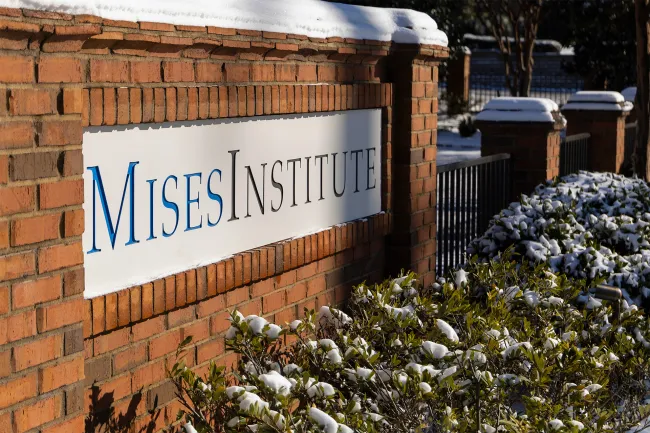Misesian Insights for Modern Macroeconomics
Ludwig von Mises Memorial Lecture from the 2014 Austrian Economics Research Conference presented by J. Huston McCulloch. Ludwig von Mises’s writings contain many insights that are very relevant for mainstream macroeconomics.

